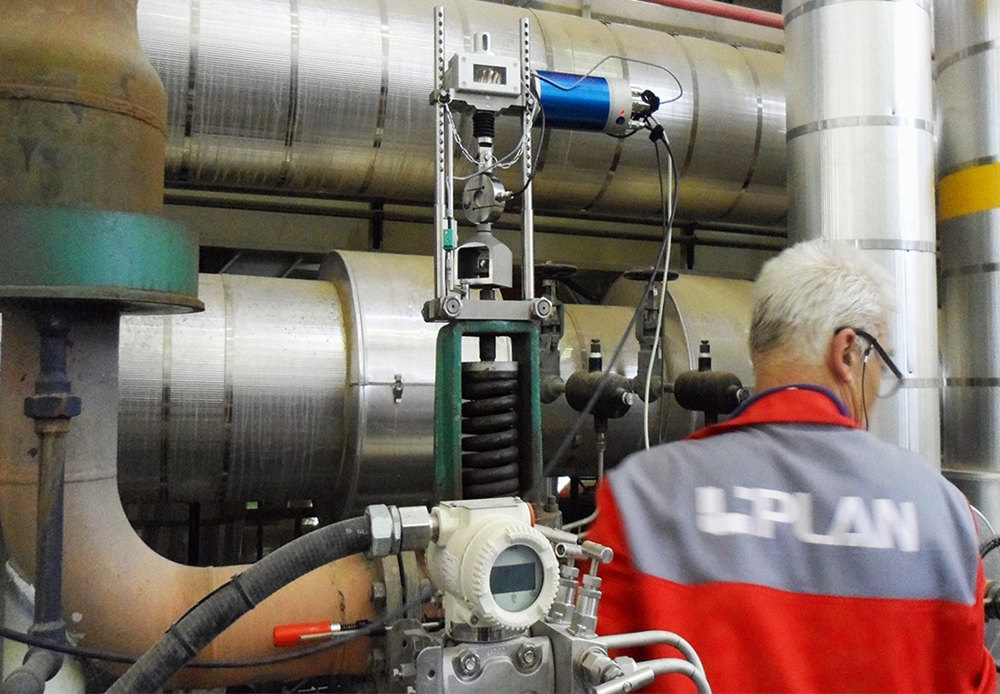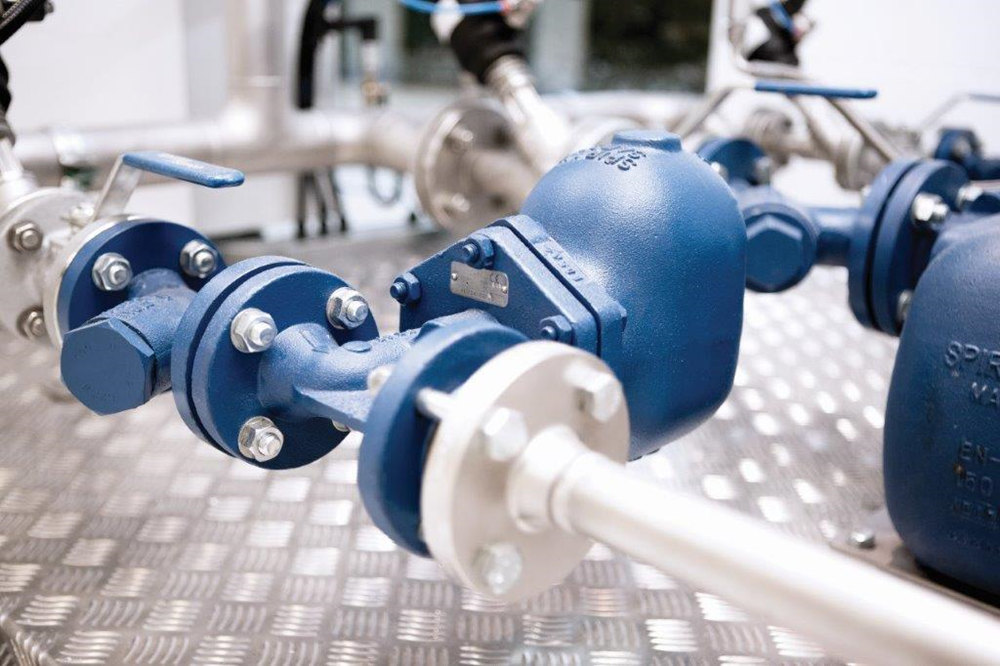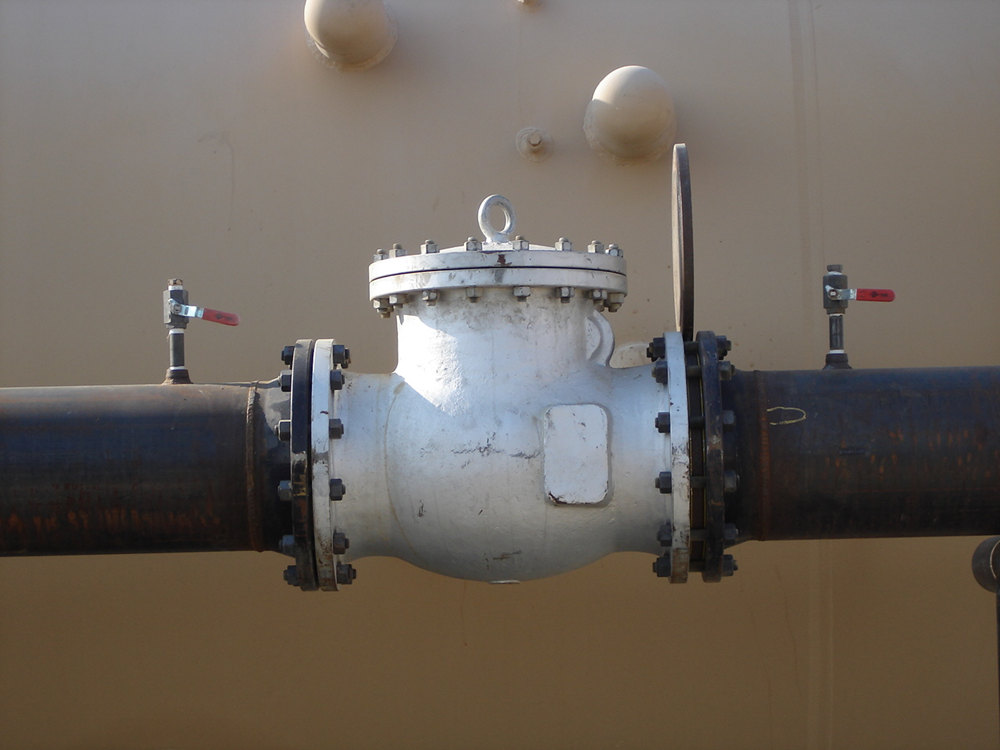The valve is a device used to control the direction, pressure and flow of the fluid in the fluid system. It is a device that enables the medium ( liquid, gas, powder ) in the piping and equipment to flow or stop and can control its flow. The valve is an important control component in the fluid conveying system.
Preparations before operation
Before operating the valve, the operating instructions should be carefully read. Before operation, the flow direction of gas must be clear, and the valve opening and closing signs should be checked. Check the appearance of the valve to see whether the valve is damp, if there is damp to be dried ; if other problems are found to be dealt with in time, no fault operation should be carried out. If the electric valve is disabled for more than 3 months, the clutch should be checked before starting. After confirming that the handle is in the manual position, the insulation, steering and electrical circuit of the motor should be checked.
Proper operation of manual valves
The manual valve is the most widely used valve. Its handwheel or handle is designed according to ordinary manpower, taking into account the strength of the sealing surface and the necessary closing force. Therefore, long lever or long plate hand cannot be used to move. Some people are accustomed to using the plate hand, should pay strict attention to the opening of the valve should be smooth, to avoid excessive force, force should be smooth, not impact. Some parts of the high-pressure valve with impact opening and closing have considered that this impact force cannot be equal to the general valve.
When the valve is fully opened, the handwheel should be reversed a little to make the threads tight so as to avoid loosening damage. For the open stem valve, it is necessary to remember the position of the valve stem when it is fully open and fully closed to avoid hitting the dead point when it is fully open. And it is convenient to check whether it is normal when it is completely closed. If the disc falls off, or a large debris is embedded between the spool and the seal, the position of the valve stem will change when it is completely closed. Damage to valve sealing surface or valve handwheel.
Valve opening sign : when the groove on the top surface of ball valve, butterfly valve and plug valve stem is parallel to the channel, it indicates that the valve is in the full opening position ; when the valve stem rotates 90 ° to the left or right, the groove is perpendicular to the channel, indicating that the valve is in a fully closed position. Some ball valves, butterfly valves, plug valves with a wrench and parallel to the channel behavior open, vertical closed.The operation of three-way and four-way valves should be carried out according to the marks of opening, closing and reversing. After the operation is completed, the activity handle should be removed.
Correct operation of safety valve
The safety valve was tested and fixed before installation. When the safety valve runs for a long time, the operator should pay attention to checking the safety valve. During the inspection, the person avoids the exit of the safety valve, checks the lead seal of the safety valve, and uses the hand to pull the safety valve with a wrench. Open once at intervals, drain the dirt, and check the flexibility of the safety valve.
Proper operation of trap valve
The trap valve is a valve that is easily blocked by debris such as water pollution. When enabled, first open the flushing valve and flushing pipe. With bypass pipe, the bypass valve can be opened for temporary flushing. The trap valve without flushing pipe and bypass pipe can be removed. After opening the cut-off flushing, the cut-off valve is closed, the trap valve is installed, and then the cut-off valve is opened to enable the trap valve.
Correct operation of pressure reducing valve
Before the pressure reducing valve is activated, the bypass valve or flushing valve should be opened to clean the pipe dirt. After the pipe is washed clean, the bypass valve and flushing valve should be closed, and then the pressure reducing valve should be activated. Some steam pressure reducing valve in front of the drain valve, need to open first, then open the cut-off valve after the pressure reducing valve, finally open the cut-off valve before the pressure reducing valve, watch the pressure gauge before and after the pressure reducing valve, adjust the pressure reducing valve adjustment screw, so that the pressure after the valve reaches the predetermined value, then slowly open the cut-off valve after the pressure reducing valve, correct the pressure after the valve, until satisfactory. Fix the adjustment screw and cover the protective cap.
If the pressure reducing valve fails or needs to be repaired, the by-pass valve should be opened slowly first, at the same time,closing the cut-off valve before the valve. The by-pass valve should be adjusted roughly by hand, so that the pressure after the pressure reducing valve is basically stable at a predetermined value.Then close the pressure reducing valve and return to normal after replacement or repair.
Correct operation of check valves
In order to avoid the excessive impact force formed at the moment of closing the check valve, the valve must be closed quickly to prevent the formation of a great backflow velocity, which is the cause of the impact pressure when the valve is suddenly closed. Therefore, the closing speed of the valve should be correctly matched with the attenuation speed of the downstream medium.
If the velocity of the downstream medium varies greatly, the minimum velocity is not enough to force the closure to stop stably. In this case, the movement of the closure can be suppressed by a damper within a certain range of its action stroke. The rapid vibration of the closing parts will make the valve moving parts wear too fast, resulting in premature failure of the valve. If the medium is a pulsating flow, the rapid vibration of the closing part is also caused by extreme medium disturbance. In all cases, the check valve should be placed where the medium disturbance is minimal.
Post time: Mar-08-2023






